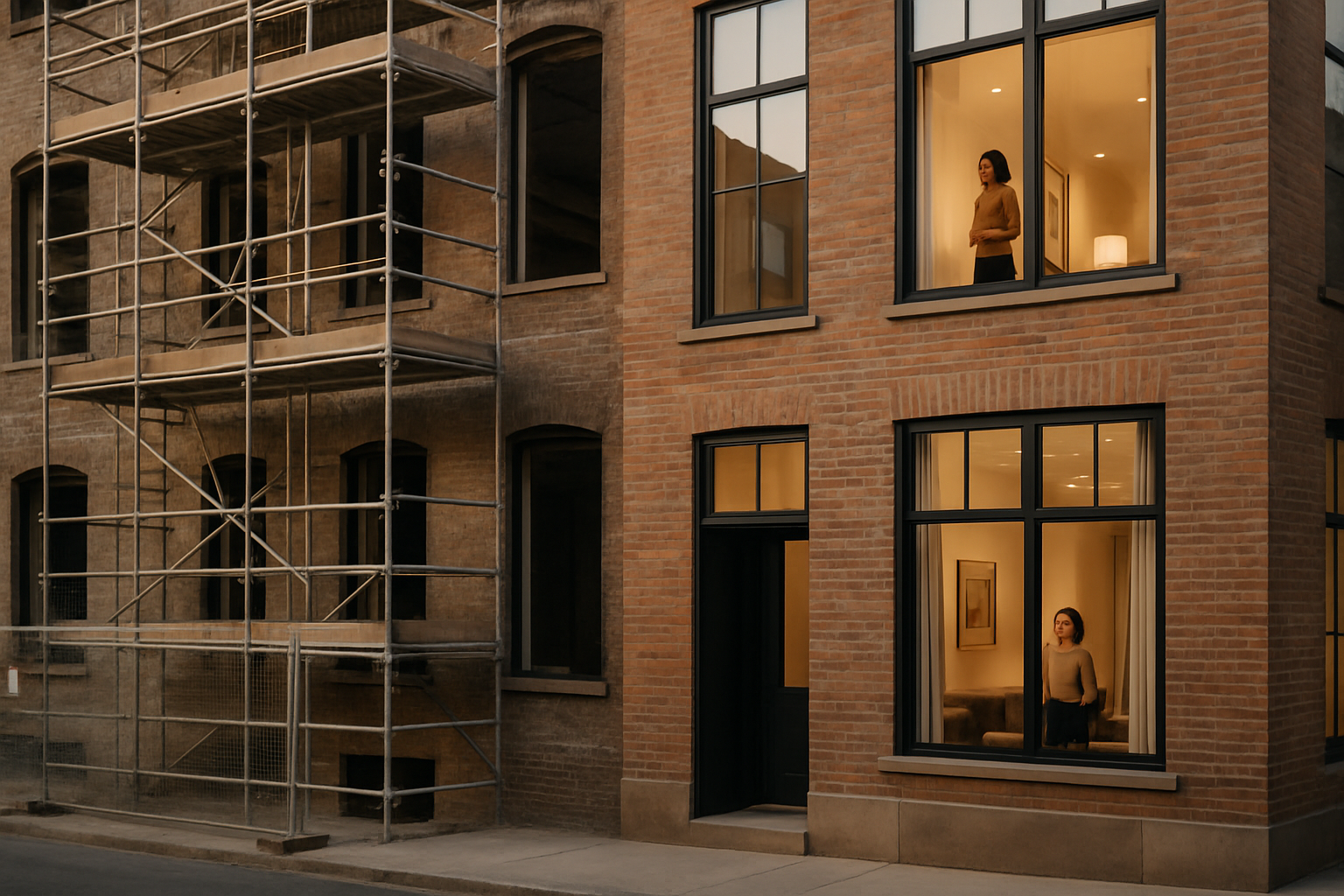Adaptive Reuse: Transforming Industrial Spaces into Residential Gems
The real estate landscape is witnessing a fascinating shift as developers and investors turn their attention to forgotten industrial spaces. Warehouses, factories, and manufacturing plants are finding new life as sought-after residential properties, blending historical charm with modern amenities. This trend of adaptive reuse is reshaping urban areas and offering unique living experiences for those seeking character-rich homes.

Historical Context and Appeal
Many industrial buildings date back to the late 19th and early 20th centuries, embodying the architectural styles and craftsmanship of their eras. These structures often feature high ceilings, large windows, exposed brick walls, and sturdy timber or steel frames – elements that are highly prized in modern interior design. The historical significance and unique character of these buildings add a layer of appeal that new constructions struggle to match, attracting buyers who value authenticity and a connection to the past.
Economic and Environmental Benefits
From an economic standpoint, adaptive reuse can be more cost-effective than new construction. Many industrial buildings are located in prime urban areas, where land for new developments is scarce and expensive. By repurposing existing structures, developers can bypass some of the costs and time associated with ground-up construction. Additionally, the environmental benefits are substantial. Adaptive reuse reduces demolition waste, conserves resources, and often requires less energy than new construction, aligning with growing demands for sustainable living options.
Challenges in Conversion
While the potential of industrial-to-residential conversions is immense, the process is not without challenges. Many old industrial buildings require extensive remediation to address environmental concerns such as asbestos or lead paint. Structural upgrades are often necessary to meet modern building codes and safety standards. Developers must also navigate zoning regulations, which may not initially allow for residential use in industrial areas. These hurdles can add significant complexity and cost to projects, requiring careful planning and expertise.
Market Trends and Investor Opportunities
The demand for industrial-turned-residential properties is on the rise, particularly among millennials and young professionals who are drawn to urban living and unique spaces. According to recent market data, properties resulting from adaptive reuse often command premium prices due to their distinctiveness and location. For investors, this trend presents an opportunity to capitalize on undervalued industrial assets in up-and-coming neighborhoods. However, success in this niche requires a keen eye for potential, a solid understanding of local market dynamics, and the ability to navigate the complexities of adaptive reuse projects.
Impact on Urban Revitalization
Beyond individual properties, the adaptive reuse of industrial buildings can have a transformative effect on entire neighborhoods. By breathing new life into abandoned or underutilized areas, these projects can spark wider revitalization efforts. They often attract businesses, cultural venues, and amenities, creating vibrant mixed-use communities where once stood derelict industrial zones. This ripple effect can lead to increased property values in surrounding areas, benefiting both new residents and long-time community members.
Future Outlook and Considerations
As cities continue to grapple with housing shortages and the need for sustainable development, the trend of converting industrial spaces into residential properties is likely to accelerate. However, the success of these projects will depend on thoughtful execution that respects the building’s history while meeting modern living standards. Developers and investors entering this space should be prepared for the unique challenges of adaptive reuse, including potential regulatory hurdles and unexpected renovation costs.
In conclusion, the transformation of industrial spaces into residential properties represents a compelling opportunity in the real estate market. It offers a way to preserve architectural heritage, meet housing demands, and create unique living spaces that resonate with modern buyers. As this trend evolves, it will undoubtedly continue to shape the urban landscape, offering exciting possibilities for developers, investors, and homebuyers alike.





